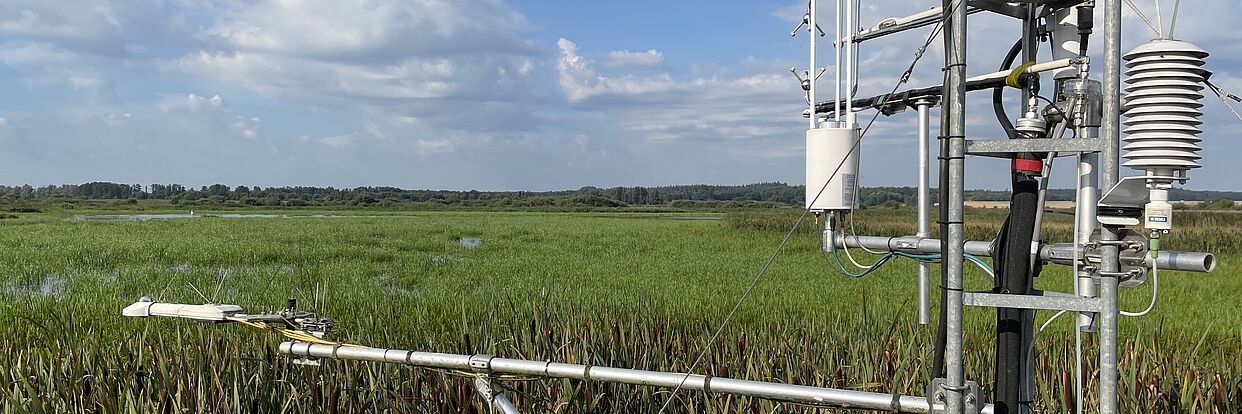
Land-Atmosphere Interactions
Joint appointment of the TU Braunschweig and the GFZ Helmholtz Centre for Geosciences
Contact:
Tel.: +49 331 6264-1423
Email: torsten.sachs(at)tu-braunschweig.de
Address:
Institute of Geoecology
Land-Atmosphere Interactions
Technische Universität Braunschweig
Langer Kamp 19c
38106 Braunschweig
Location:
GFZ
Telegrafenberg
Haus A 70
14473 Potsdam
We study the turbulent fluxes of heat, water vapor and carbon (in the form of the greenhouse gases CO2 and CH4) between different geo-ecosystems and the atmosphere on a wide range of time (hours to years) and space (local to continental) scales. Our study areas range from almost untouched permafrost landscapes in Alaska, Canada, Greenland and northern Scandinavia to heavily human-influenced and partly degraded peatlands, lakes and arable land in north-eastern Germany.
We use long-term stationary measurements located in environmental observatories to understand processes and temporal trends at local scales in addition to the pure quantification of ecosystem carbon uptake and release, and have developed expertise for aircraft- and drone-based measurements together with our cooperation partners to be able to analyze the spatial patterns of these fluxes and the representativeness of our local measurements in a larger regional or continental context.
As part of the TERENO environmental observatory network of the Helmholtz Association of German Research Centers, we have established long-term measurements in a rewetted fen (DE-Zrk) and on arable land (DE-Hdn) in Mecklenburg-Western Pomerania and on Lake Dagow (DE-Dgw) in Brandenburg. As part of the BLuMo and WetNetBB projects in Brandenburg, we have been setting up a total of five new measuring sites on rewetted fens or fens intended for rewetting with different paludiculture uses since summer 2024.
For our aircraft-based measurement campaigns in the permafrost landscapes of Alaska and Canada, we use the Polar-5 and Polar-6 research aircraft of the Alfred Wegener Institute. Since 2018, we have been working with the company Wingcopter and the Zurich University of Applied Sciences (ZAHW) to develop a unique drone-based measurement system for the smaller-scale landscapes of north-eastern Germany, which will be used in several projects from 2025.